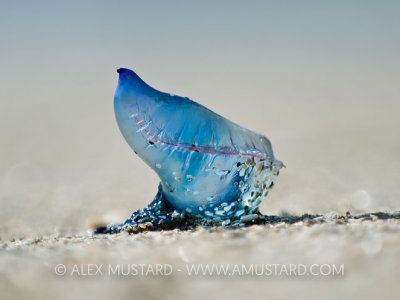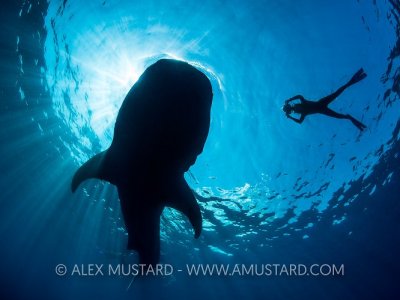You don’t have to leave the planet to experience an alien world. Nature is always full of strange, otherworldly creatures and places that just exceed all imagination, and inspire mythes and legends all around the world.
I first experienced something so alien when I was in elementary school. My parents were fortunate enough to afford a trip to the Caribbean and they wanted to take me snorkeling.
I’ve always been told that when I first experienced the ocean as a toddler that I wanted nothing to do with the water. My dad always had to put me on his shoulders before I could get close to the ocean. Apparently, I had decided that my mom wasn’t tall enough to protect me from the waves. So it was a bit of a surprise to my parents when I took to the ocean so well.
It was a magical experience because the reef was so healthy and colorful. There were fish of all shapes and sizes. Everything caught my attention and I never stayed in one spot for too long, which might’ve exhausted my parents a bit trying to keep up with me.
It was this experience that made me want to learn more about the ocean. It was so weird, so alien! I could see out into the open ocean for miles. There were strange sounds, little clicks, pops, and crunches that followed me everywhere. Why were the rocks so brightly colored? Why did they look so funny? What were all these fish?
My curiosity exploded and I needed to know everything I could about the ocean.
Snorkeling is an amazing experience for anyone willing to give it a shot. Not every reef can be viewed by snorkeling, but there are plenty of options off the coast, especially in the tropics.
I highly recommend it for anyone wanting to experience the ocean, but isn’t quite ready for scuba diving. Snorkeling can be very relaxing. Some places allow you to do it by yourself or you can go with a group.
Always do some research before you go snorkeling. Some places provide gear, others don’t. There also may be special rules and regulations that you should follow to keep the reef clean and healthy, like some places require a special kind of sunscreen that is less harmful to coral. Later, I’ll follow up with a post on the behaviors that all snorkelers should follow to help keep the reef and themselves safe, while still having a good time!
The next time you visit a coastal destination, see what kind of ocean opportunities are available. If there’s snorkeling in the area, give it a go and see what you can find! You can find cool shells, shark teeth, or items swept away by storms like glass bottles. Not to mention all the local fish, some may seem normal while others are out of this world!s


